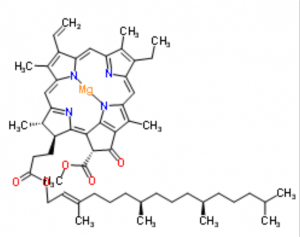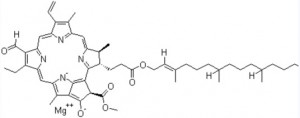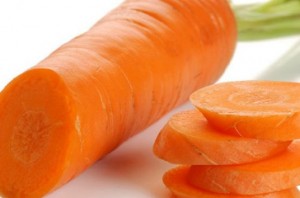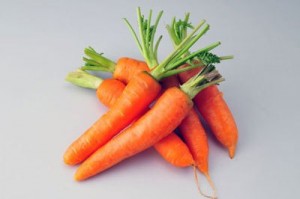- Chlorophyll
A class of green pigments contained in higher plants and all other organisms capable of photosynthesis - Chlorophyll a
It is an organic compound with molecular formula of C55H72MgN4O5 and molecular weight of 893.489. It is a waxy solid. The molecular structure of chlorophyll a is composed of four pyrrole rings connected by four methylenegroups (=CH -) to form a ring structure, which is called porphyrin (with side chains on the ring)

- Chlorophyll b
It is a chemical substance with the molecular formula of C55H70MgN4O6. Chlorophyll b is a kind of chlorophyll, which absorbs and transmits light energy as one of the antenna pigments of photosynthesis. Chlorophyll b has one more carbonyl group than chlorophyll a, so it is more soluble in polar solvents. Its color is yellow-green, mainly absorbing blue-violet light

- Carotenoids
It is the general name of a kind of important natural pigments, which is widely found in the yellow, orange or red pigments of animals, higher plants, fungi and algae. Carotenoids are the main source of vitamin A in the body, and also have antioxidant, immune regulation, anti-cancer, anti-aging and other effects

- Carotene
The main vitamin A source substances include α、β、γ Three forms, the most important of which is β- Carotene

Today, let’s briefly talk about chlorophyll A
Chlorophyll A is an important pigment contained in various pigments of phytoplankton. Among phytoplankton, they account for 1% [KG-1.3mm]~2% of the dry weight of organic matter, which is an indicator for estimating primary productivity and biomass, and also a necessary item for red tide monitoring.
Edible green pigment. For cakes, drinks, liqueurs, etc. In fact, plant leaves or dry powder are often used directly. For example, tea powder, mugwort, spinach, chlorella, etc. Add to gum to eliminate bad breath. Chlorophyll is used for coloring soap, mineral oil, wax and essential oil. Chlorophyll or derivatives of chlorophyllin, such as copper chlorophyllin [11006-34-1], sodium iron chlorophyllin, sodium copper chlorophyllin, are used as colorants and deodorants for food, candy, beverages, toothpaste, etc. The derivative of chlorophyllin can be used as the formula of odorant cosmetics in combination with germicides such as Jieermie and halocarban.
Physiological function
In addition to photosynthesis, chlorophyll A in plants also plays a positive role in human body.
Spirulina is the plant with the largest amount of chlorophyll A in the world. Its chlorophyll is mainly chlorophyll A, which is 2-3 times of that of other plants. In addition, the chlorophyll molecule of spirulina contains porphyrin, whose structure is very similar to the heme of human animals, and is the direct raw material of human and animal heme, so chlorophyll A can be called “green blood”. Because spirulina is rich in iron, the perfect combination of chlorophyll A and iron in spirulina is the best partner for treating iron deficiency anemia.
Use
It can be used as non-toxic colorant for soap, fat, oil wax, food, cosmetics and medicine.
Post time: Feb-20-2023





